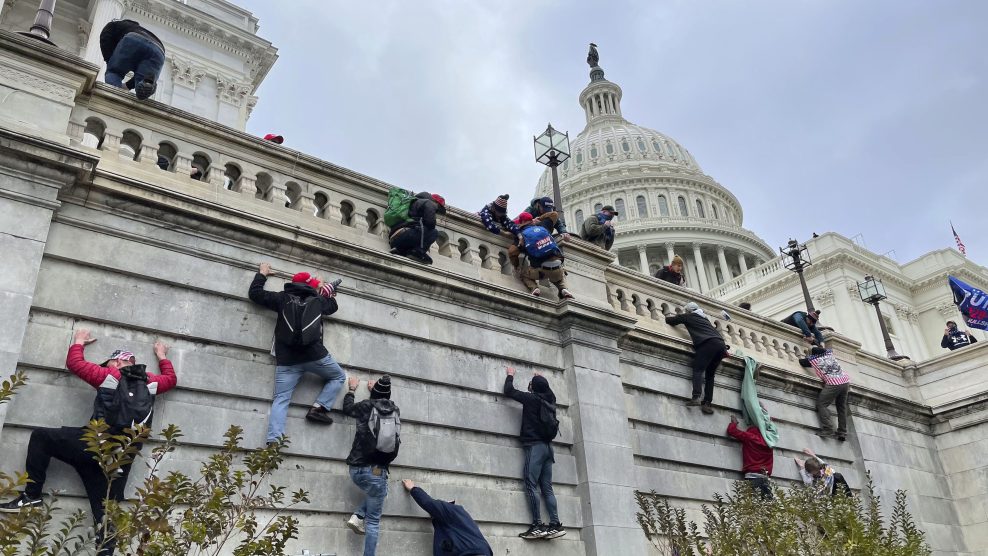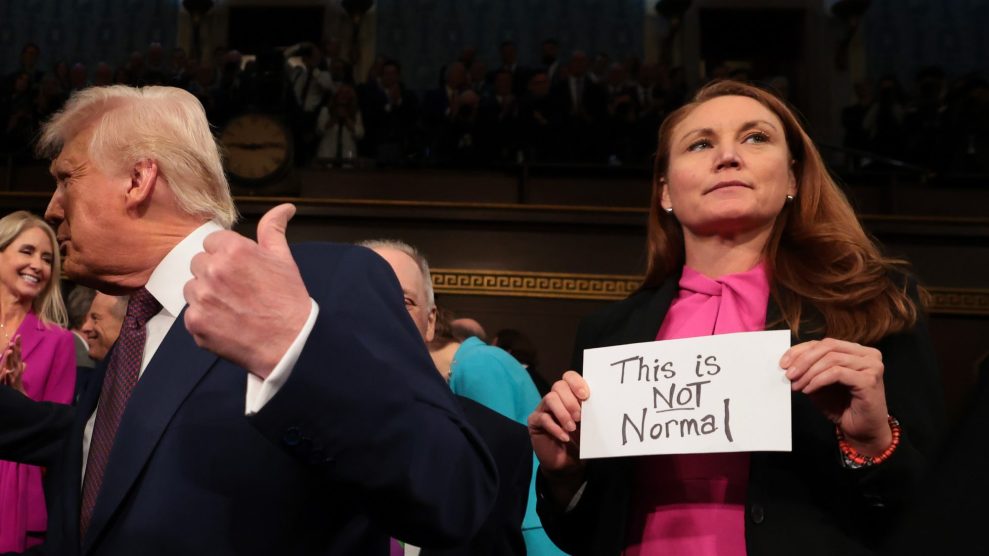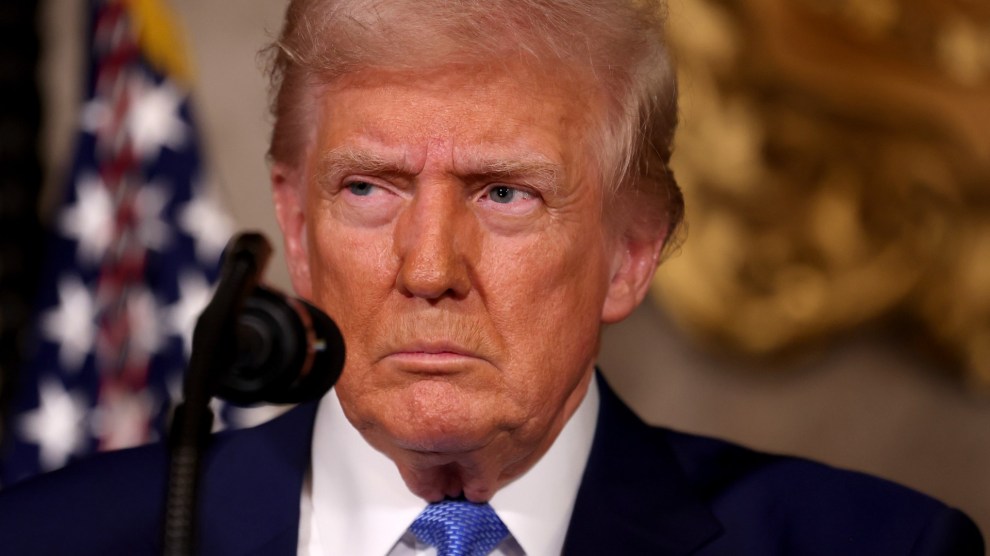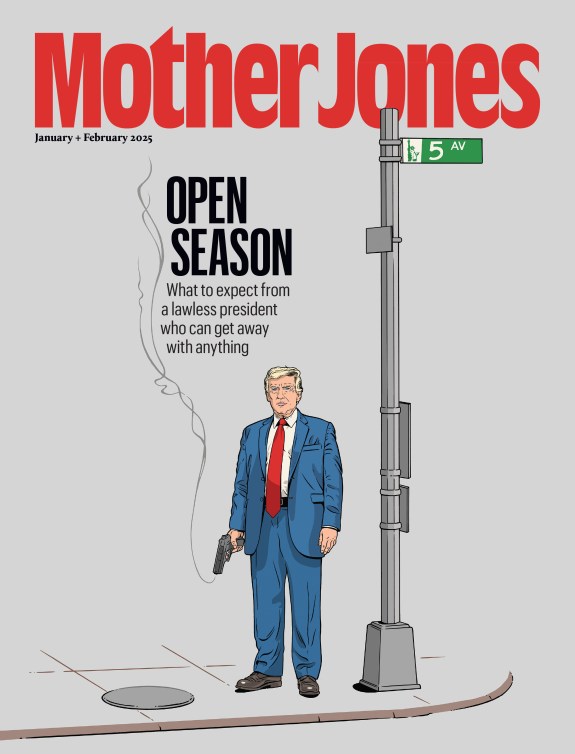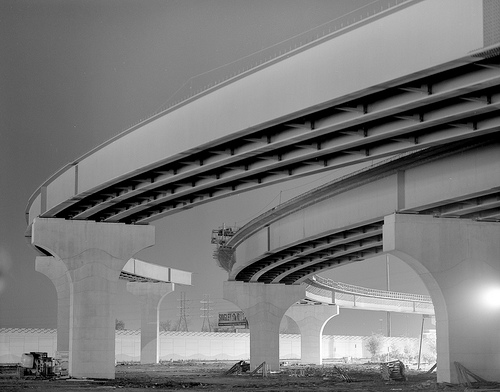
Flickr user <a href= "http://www.flickr.com/photos/sjalex/2255081026/">S.J. Alexander</a>, used under creative commons license
A report released this week by two public interest groups found that states are on average using nearly a third of their stimulus transportation funds to build new roads while often ignoring a huge backlog of necessary street repairs and public transportation investments.
Produced by a transportation consulting firm for CalPIRG and Smart Growth America, the report paints a particularly ugly picture in California, which has spent more than 80 percent of its $2.6 billion in transportation stimulus money. Forty three percent of that money went to build new road projects, even as about $310 million in ready-to-go road and bridge repairs went unfunded.
Of course, California looks downright sane compared to Kentucky, where more than 38 percent of lane miles are in “poor” condition, a whopping 573 bridges are structurally deficient, and yet 88 percent of the state’s $421 million in stimulus transportation money will go to build new roads. “If the state can’t afford to maintain what it has now,” the report asks, “how does it plan to maintain the new roads?”
Similarly, it’s anyone’s guess how states will maintain their ailing public transportation systems. A recent Department of Transportation report found that the nation’s seven largest rail transportation agencies have a combined investment backlog of $50 billion. Yet the stimulus earmarks only $8.4 billion to public transportation, leaving other stimulus funds to fill the gap. Even then, few states with those rail systems are dedicating much of this money towards sustaining them. New Jersey, Pennnsylvania, California, New York, and Illinois each allocate less than 5 percent of their discretionary transportation stimulus funds to public transit.
Ironically, prioritizing new roads over public transit projects undermines the American Recovery and Reinvestment Act‘s goals to generate jobs, promote long-term economic growth, and create greener cities–all areas where transit is unbeatable.
It’s not too late to change course. June 29th marked the deadline for states to commit at least 50 percent of the Act’s $26.6 billion in transportation funds; here’s hoping the next 50 percent will be spent more intelligently.




